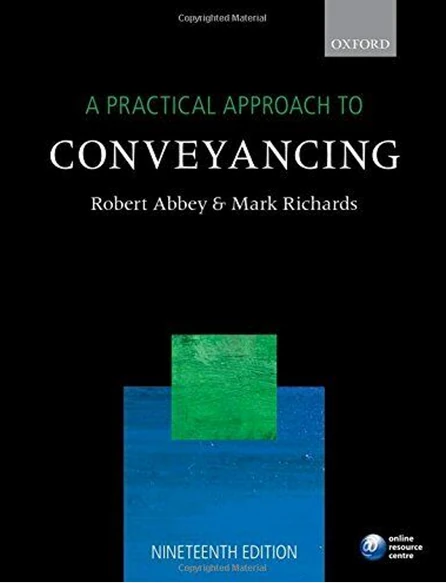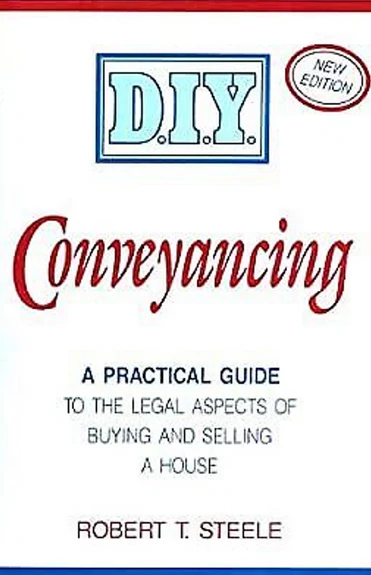
See our conveyancing guide books on how to do your own conveyancing.
The first part of this step-by-step book outlines the general procedures that the prospective conveyancer will need to know, how to obtain the relevant forms, how to fill them in, and what action to take once you have completed them. Highlighting the legal problems and difficulties that the purchaser or seller might be expected to meet enables the reader to identify those cases which are complex and where professional advice should be sought. Parts 2 and 3 deal respectively, in detail, with those concerned with buying, and those who are selling property. 
A Practical Approach to Conveyancing takes a pragmatic, rather than academic, approach to conveyancing. It provides practical solutions to everyday problems encountered by conveyancing practitioners wishing to offer a cost-effective and efficient service. Written by two leading authorities in the area with over sixty years' combined legal experience, A Practical Approach to Conveyancing offers a detailed and up-to-date exposition of the key principles and procedures underpinning the conveyancing process. The book provides practical guidance on each stage of commercial and residential conveyances, with realistic sample documentation to help you approach all aspects of a conveyancing transaction with confidence. Now in its nineteenth edition, this classic text has firmly established itself as a core text supporting LPC students. It is also essential reading for trainee or qualified solicitors, legal executives, or licensed conveyancers.

This action pack is designed to help the reader through all the stages involved in becoming a house-owner, without the services of a solicitor. It covers getting started, finding the house, agreeing terms,
and then, with the help of a variety of handy forms and checklists in its back pocket, takes you through the legal processes such as carrying out the searchers, exchanging contracts,
making preliminary enquiries, dealing with a new mortgage and finally exchanging contracts. It also gives you an idea of the costs and expenses you should expect, and warns against the transactions
that are best not attempted on your own. 